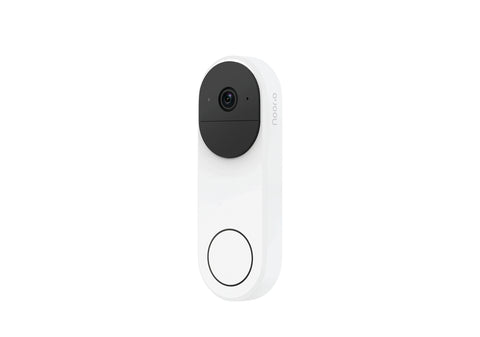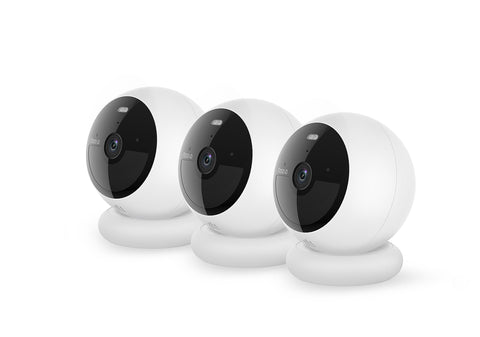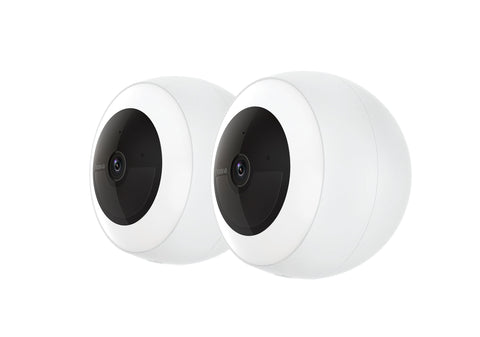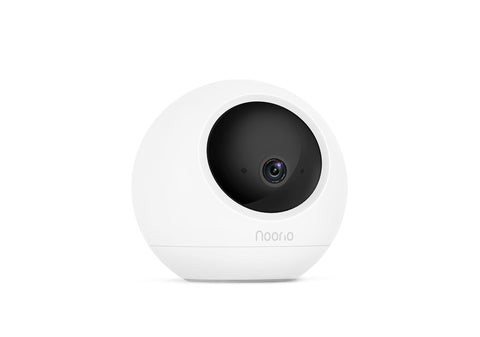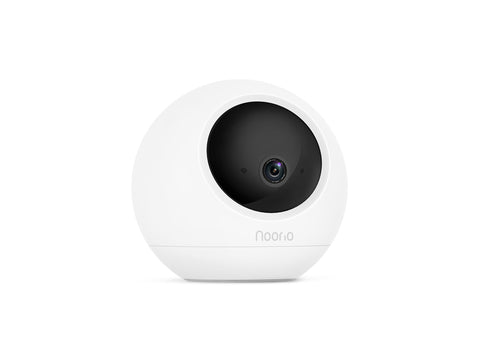Introduction
Your home is your sanctuary, and your business is your livelihood. Securing these spaces against threats should never be an afterthought. Something as simple as choosing the right recording method for your security cameras can make all the difference. Do you opt for an always-on, comprehensive approach or an efficient, motion-activated one? The stakes are higher than just storage space and monthly fees. This decision deserves your fullest attention and discernment.
A Quick look sheet:
| Aspect | Continuous Recording | Motion-Triggered Recording |
|---|---|---|
| Definition | Records 24/7 without any gaps. | Records only when motion is detected. |
| Pros |
|
|
| Cons |
|
|
| Storage Requirements | Vastly more than motion-based recording. | Significantly less, reducing costs. |
| Cost Implications | Higher due to more footage and storage needs. | Lower monthly fees due to less footage. |
| Reliability | More reliable with complete coverage. | Occasional missed events, less reliable. |
| User Convenience | Reviewing footage is tedious. | Reviewing triggered events is easier. |
| Best Use Case Examples | Banks, casinos, critical infrastructure. | Residential, low-traffic warehouses, offices. |
| Additional Considerations |
|
|
Why the Recording Method Matters
Recording methods influence more than just practical factors like storage and costs. They impact your sense of safety, awareness, and control. Continuous footage brings peace of mind but also unease from what unwanted activities you might find. Motion-based recording provides confidence but also uncertainty about what's been missed. There's no universally superior option. You must dive deeper into your unique needs and priorities to make the right trade-offs. With openness, wisdom, and clarity of purpose, your ideal recording solution emerges. Protecting what matters most starts with being fully present in this choice.
Continuous Recording: Capturing Everything
Continuous recording involves security cameras documenting video 24 hours per day, 7 days a week, without any gaps. The cameras record continuously, providing complete footage of everything that transpires within their field of view. This method provides peace of mind that no activities, events, or incidents will go undocumented, making it the preferred choice for locations with high-security concerns like banks, casinos, and critical infrastructure. Police body cameras also typically use continuous recording to fully capture officer interactions and enhance accountability.
Pros:
- Comprehensive video evidence without any missed activities
- Essential for high-security locations like banks and casinos
- Fully documents visitor behavior in museums and galleries
- Captures all actions of persons of interest
By recording nonstop, continuous recording eliminates the risk of missing dangerous events, crimes, or liability-related occurrences. The comprehensive coverage also ensures nothing is missed if a camera's view becomes partially obstructed or pointed away temporarily. For museums and galleries, continuous recording helps fully document visitor behavior around valuable artwork and exhibits.
However, the massive amounts of digital footage generated require huge investments in storage capacity, like enterprise-scale servers or high-capacity cloud plans. Ongoing costs for electricity and cloud storage can become exorbitant, especially when expanding the number of continuously recording cameras. And finding important events when reviewing footage is tedious and time-consuming, as one must sift through many hours of mundane inactivity.
Cons:
- Requires massive digital storage infrastructure
- Leads to extremely high ongoing cloud storage costs
- Hours of tedious footage review to find events
Overall, continuous recording provides unmatched comprehensive documentation for high-security needs, though at exponentially greater storage costs compared to selective recording methods. It truly captures everything within the camera frame at all times.

Motion-Triggered Recording: Capturing Only What Matters
With motion-triggered recording, cameras only document video clips when motion is detected in the frame. This is accomplished using algorithms that compare consecutive frames to identify pixel changes indicative of movement in the camera's field of view. The selective nature of only recording activity versus constant documentation significantly reduces storage requirements and associated costs.
This type of event-based recording is popular for residential security systems, where exterior cameras activate based on a person approaching a door while interior cameras record only when someone enters a room. Warehouses and office locations also tend to use motion-based recording to efficiently capture important activities without endless footage of empty spaces. Outdoor installations covering large low-traffic areas often utilize motion-triggering as well.
Pros:
- Significantly lower data storage requirements
- Greatly reduces cloud storage fees
- Easy to quickly find important event clips
- Simplified review compared to continuous footage
However, motion-based recording risks missing criminal, dangerous, or concerning activities that transpire while the camera is not actively recording. Malicious individuals could know how to avoid triggering motion detectors. And subtle motion or events outside a camera's immediate field of view will go undocumented, which poses legal liabilities if disputes arise. This shortcoming makes motion-triggered recording generally insufficient for high-security scenarios demanding complete coverage.
Cons:
- Risk of missing criminal or suspicious events
- Potential for legal liability if events are not recorded
- More prone to false motion triggers activating
In summary, motion-based recording reduces storage and costs by only capturing activity but opens the possibility of events going unrecorded. It requires balancing efficiency and risks.

Key Comparison Factors Between Recording Methods
When deciding between continuous and motion-activated recording, keep these key factors in mind:
- Storage Requirements: Continuous recording consumes vastly more storage space than motion-based, upwards of 4-5x times greater. The available cloud or local storage sets limits on the feasible number of continuously recording cameras.
- Cost Implications: Upfront camera costs may be comparable, but ongoing storage and bandwidth fees vary widely. More recorded footage equals higher monthly fees, making continuous recording more expensive to maintain.
- Reliability: Motion-triggered recording suffers occasional missed events, making continuous recording more reliable and complete. But false motion triggers can also capture excess useless footage.
- User Convenience: Continuous recording entails wading through irrelevant footage to find important clips. Motion-based recording simplifies reviewing only the triggered events.
Aligning Recording Method With Your Specific Needs
Your intended use case for a security camera system should guide your recording method selection. Consider factors like:
- Surveillance Area Size:Larger spaces with multiple cameras make continuous recording costs prohibitive. Motion-based recording scales better to wide coverage areas.
- Security Risk Profile:High-value locations like banks need comprehensive recording without gaps. Low-traffic warehouses can rely on motion-based recording.
- Budget Constraints:Available storage budgets and a desire to minimize fees favor motion-triggered recording. The lack of budget constraints allows continuous recording.
- Convenience Valued:If easy review of only key events is a priority, motion-based recording excels. Continuous recording requires tedious footage review.
Some typical use case examples include:
- Residential: Motion-triggered cameras sufficiently monitor low-risk home entry points while minimizing costs.
- Small Business: A hybrid approach with high-traffic zones continuously recorded and other motion-triggered cameras control costs.
- Large Enterprise: Continuously record critical infrastructure while using motion-based cameras for sprawling parking lots and perimeter fencing.

Additional Factors to Consider
Beyond the core storage and reliability considerations, keep in mind:
- Legal Implications: Laws, regulations, and company policies may require standardized recording approaches and retention periods. Consult qualified counsel.
- Technological Advancements: AI-assisted analytics software continuously improves automatic detection capabilities and false positive reduction.
- Future-Proofing: Project future camera expansion and retention duration needs when selecting storage solutions and internet bandwidth.
Find the Right Balance for Your Specific Needs
Choosing the ideal recording method requires balancing comprehensive event capture against budget realities. Carefully weigh continuous versus motion-triggered recording options against your risk profile, use case, and resources. Combining appropriate technologies like analytics and AI supports reliable and cost-effective video surveillance. With knowledge of your needs and recording method pros and cons, you can make an informed security camera system decision.
Share Your Experiences!
What recording approach have you chosen for your home or business? What factors were most important in your selection decision? Please share your experiences in the comments below!
